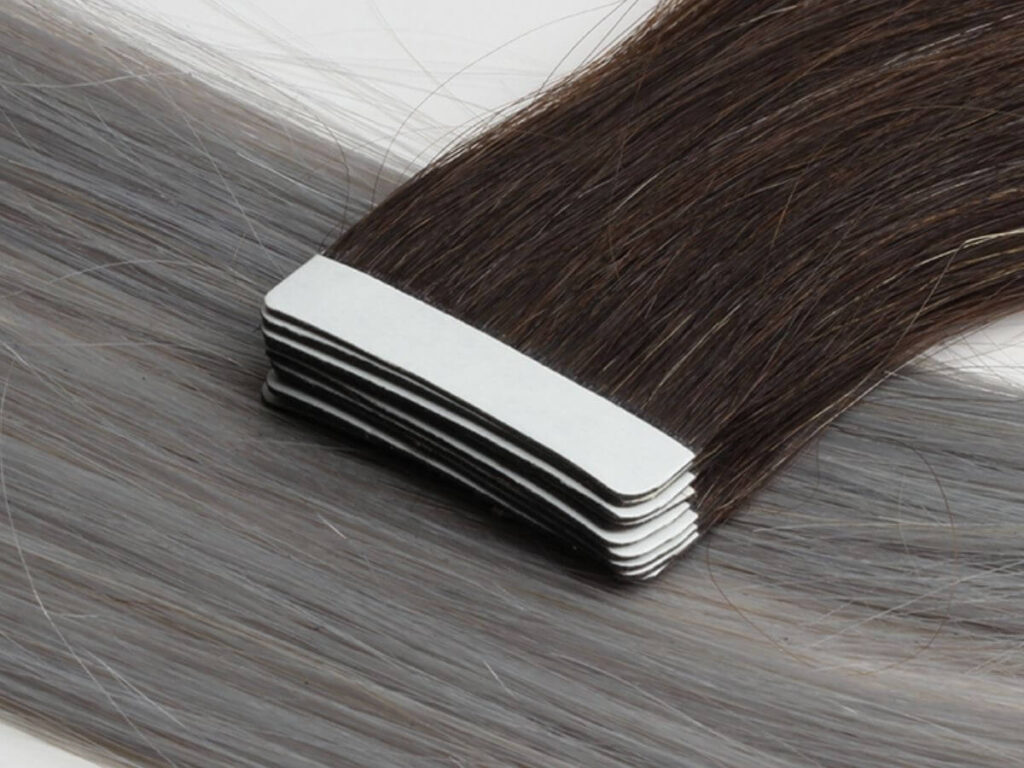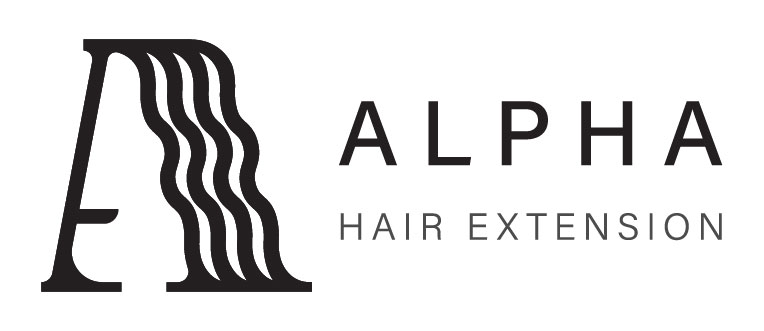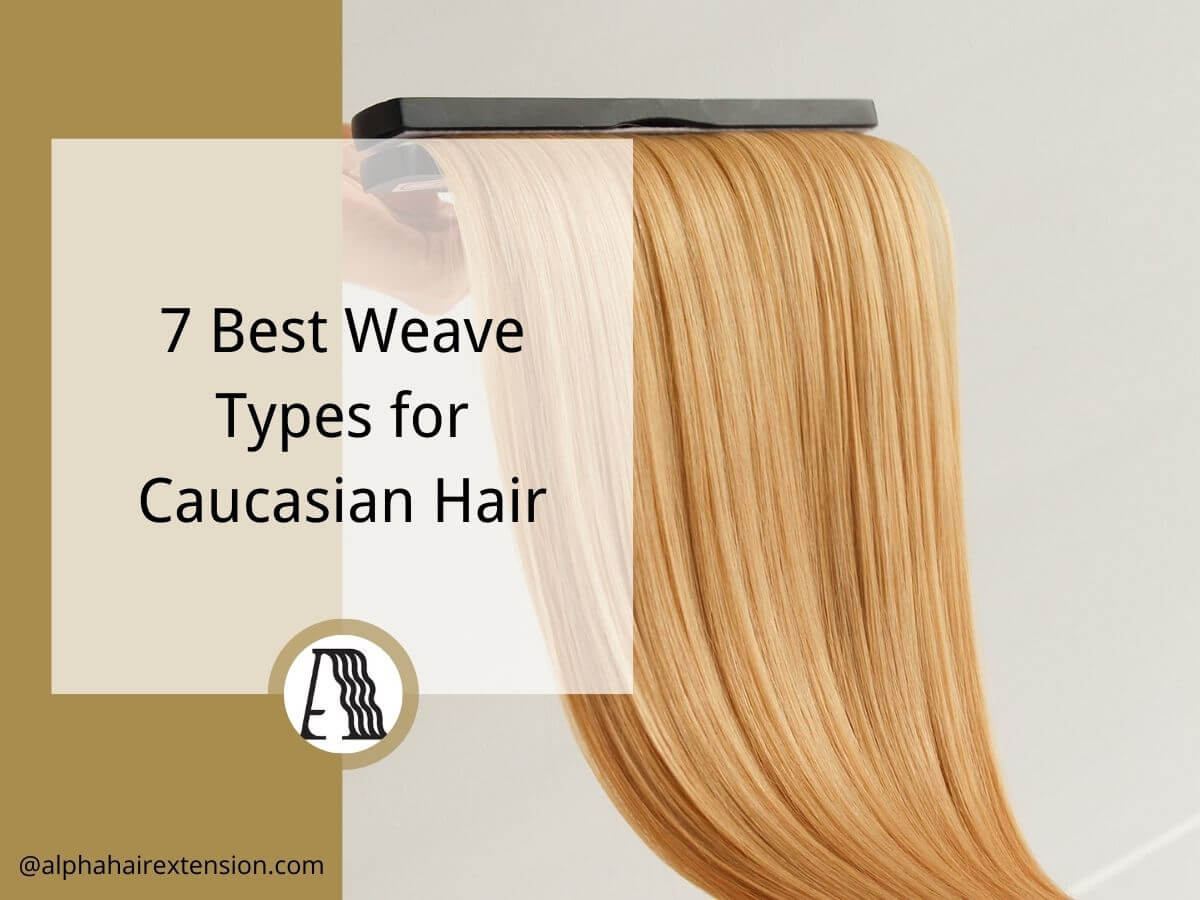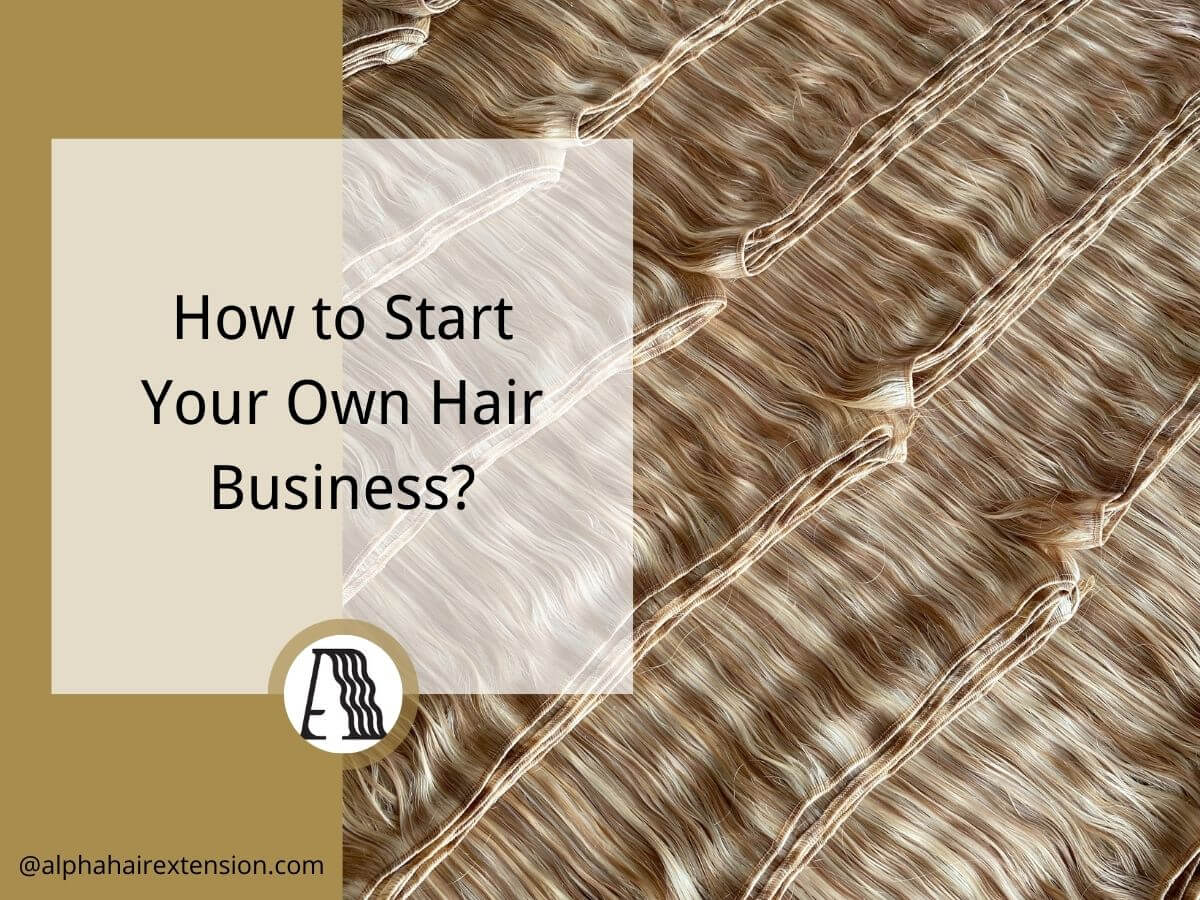A few years ago, I made a big mistake. I stocked up on the wrong type of hair extensions for my business. The result? Slow sales, disappointed customers, and a painful hit to my budget.
I don’t want that to happen to you.
After years of working with hair extension suppliers, stylists, and manufacturers, I’ve learned exactly when to choose tape-ins and when to go with micro beads. It’s not just about looks—it’s about material compatibility, precision, speed, cost, and long-term wearability.
This guide is here to help you avoid costly mistakes. Whether you’re a salon owner, retailer, or e-commerce seller, by the end of this article, you’ll know which method fits your business needs.
So let’s get started!
1. What Are Tape Hair Extensions?
I still remember the first time a stylist told me about tape-in extensions. She swore by them—quick to install, lightweight, and nearly invisible. But she also warned me, “If you don’t care for them properly, they won’t last.” That stuck with me.
If you’re a brand owner, distributor, or salon professional, you know that choosing the right extension type is about more than just looks. It’s about how they feel, how long they last, and how easy they are to maintain. Tape-in extensions have grown in popularity because they check a lot of boxes—but are they right for your business?
Let’s break it down.
Application Process
Tape-in extensions use thin, pre-taped wefts that attach to small sections of natural hair. Instead of clips or beads, they rely on a strong adhesive that bonds to the hair for a seamless finish. The result? A smooth, natural look without bulky attachment points.
Best For:
Not every extension type works for every client. Tape-ins are best suited for:
- Thin to medium hair types – The lightweight design prevents tension on fine hair.
- Clients who want a quick installation – Takes under an hour to apply.
- Those looking for a seamless, natural look – Lays flat against the scalp.
- People who don’t want to commit to permanent extensions – Can be removed or reinstalled easily.
If your clients need something lightweight, low-maintenance, and discreet, tape-ins could be the perfect solution. But they do have some downsides.
Pros & Cons
Every extension method has its strengths and weaknesses. Before committing to tape-ins, it’s important to weigh both.
Pros:
- Lightweight & Comfortable – Doesn’t feel heavy or bulky.
- Seamless Appearance – Virtually undetectable when installed correctly.
- Quick Application & Removal – Saves time for both stylists and clients.
- Less Damage to Natural Hair – No beads, glue, or tight braiding required.
Cons:
- No Washing for 48 Hours – The adhesive needs time to bond.
- Weakens with Oil-Based Products – Oils and conditioners can loosen the tape.
- Requires Regular Maintenance – Must be adjusted every 4-8 weeks as hair grows.

2. What Are Micro Bead Extensions?
A stylist once told me, “Micro bead extensions are amazing—if your client has the right hair for them.” I didn’t understand at first. Extensions are extensions, right? But I quickly learned that not all methods work for every hair type.
If you’re selling, distributing, or applying extensions, you need to know who micro beads are for and who they aren’t. These extensions are loved for their durability and natural movement, but they take longer to install and require regular maintenance. Are they the right fit for your customers? Let’s find out.
Application Process
Micro bead extensions—also called micro link or I-tip extensions—use small silicone-lined beads to attach individual strands of extension hair to natural hair. Unlike tape-ins, these don’t rely on glue or adhesives. Instead, a bead is clamped onto the hair, keeping the extension in place.
No glue, no heat, no mess. Just beads, pliers, and precision. Installation takes longer than tape-ins—usually 2 to 3 hours, depending on how many strands are applied.
Best For:
Micro bead extensions work best for medium to thick hair types. Because the beads need a strong base to hold onto, they may not be the best choice for very fine or fragile hair.
These extensions are ideal for clients who:
- Wanting a long-lasting option—can stay in for up to 3 months with proper maintenance.
- Prefer no glue or tape—great for those with sensitive scalps.
- Like to style their hair freely—ponytails, buns, and braids are easier without taped wefts.
If your customers want durability and styling flexibility, micro beads could be the right choice.
Pros & Cons
Every extension method has its advantages and drawbacks. Here’s what you need to know.
Pros:
- No glue or tape – More natural feel and reusable.
- Long-lasting – Can stay in for up to 12 weeks with maintenance.
- More styling options – Clients can wear high ponytails, buns, and braids without visible attachments.
Cons:
- Longer installation time – Takes 2 to 3 hours to apply.
- You can feel heavy at first – Some clients may need time to adjust.
- Risk of slipping – If not properly clamped, beads can loosen over time.
Micro bead extensions offer a durable, heat-free option for clients who want longer wear and more styling flexibility. But they do take more time to install and may feel heavier, especially for first-time users.

3. Tape-In vs. Micro Beads: Key Differences
Choosing between tape-in and micro bead extensions isn’t just about preference—it’s about what works best for the client’s hair type, lifestyle, and budget. The wrong choice can lead to discomfort, maintenance issues, and lost trust.
If you’re in the hair business, understanding the key differences between these two methods is essential. This guide breaks down durability, comfort, upkeep, and cost so you can confidently recommend the right option and keep your customers satisfied.
| Feature | Tape-In Extensions | Micro Bead Extensions |
| Installation Time | Fast—30 to 60 minutes. | Long—2 to 3 hours. |
| Application Process | Pre-taped wefts are sandwiched between natural hair. Requires a stylist for proper placement. | Uses small silicone-lined beads to attach individual strands. No heat or glue needed. Installed with a loop tool and pliers. |
| Best For | Thin to medium hair types. People who want a quick, low-maintenance option. Clients who prefer a flat, seamless look. | Medium to thick hair types. Clients who want a longer-lasting option and more styling flexibility. |
| Comfort | Lightweight and barely noticeable when installed correctly. | Can feel heavy at first, especially for first-time users. |
| Durability | Lasts 4 to 8 weeks before needing reapplication. | Lasts up to 3 months with regular maintenance. |
| Maintenance | – No washing for 48 hours after installation. – Oil-based products weaken adhesive. – Easier to remove and replace. | – Must be moved up every 4 to 6 weeks. – More prone to slipping if not properly clamped. – Requires careful brushing to prevent tangling at bead attachment points. |
| Styling Options | Blends naturally but limited for high ponytails and buns (visible tape if not placed correctly). | Allows more freedom for high ponytails, buns, and braids. |
| Cost & Maintenance Expenses | – Lower initial cost per set. – More frequent replacements add up over time. – Professional reapplication every 4 to 8 weeks. | – Higher upfront cost but longer wear. – Reusable (if well-maintained). – Adjustments needed every 4 to 6 weeks. |
4. 5 Factors to Consider When Choosing Between Tape Extensions and Micro Beads
Choosing between tape-in and micro bead extensions isn’t just about looks. It’s about matching the right method to the right person. If you’re a brand owner, distributor, or stylist, here’s what you need to consider before making a choice.
#1 Thin and Thick Hair
Choose the right extension for the right hair type. Tape-ins are ideal for thin to medium hair because they’re lightweight and blend easily without pulling on delicate strands. Micro beads work better for medium to thick hair since they need stronger strands to hold securely.
If a client with fine hair gets micro beads, they might feel too heavy and uncomfortable. If someone with thick hair chooses tape-ins, the adhesive may not hold well. Matching the extension to the hair type makes all the difference in comfort and longevity.
#2 Last Up to 3 Months
Decide based on how long clients want their extensions to last. Tape-ins stay in place for about 4 to 8 weeks before they need to be moved up or replaced. Micro beads last up to 3 months with proper care.
For clients who prefer fewer touch-ups, micro beads are the better option. But if they like changing their look frequently, tape-ins allow for an easier refresh.
#3 30 to 60 Minutes Installation
Consider the time commitment. Tape-ins take 30 to 60 minutes to install since the wefts come pre-taped and apply quickly. Micro beads take longer—about 2 to 3 hours—because each strand is individually attached with a bead and pliers.
For clients looking for a quick appointment, tape-ins are the way to go. But if they want a longer-lasting method, micro beads might be worth the extra time.
#4 Maintenance & Care
Think about daily habits. Tape-ins can’t be washed for 48 hours after application because oils and conditioners can weaken the adhesive. Micro beads require careful brushing and occasional adjustments to keep them secure.
If a client frequently uses oil-based hair products, tape-ins may not hold as well. If they brush aggressively, micro beads could loosen over time. Choosing the right extension depends on lifestyle and maintenance preferences.
#5 Styling Flexibility
Know how your client likes to style their hair. Tape-ins lay flat and blend naturally, but the tape might show in high ponytails or buns. Micro beads offer more styling flexibility, allowing clients to pull their hair up without visible bonds.
For those who love sleek, seamless hair, tape-ins work best. If they need more versatility, micro beads provide better styling options.
Conclusion
Choosing between tape-ins and micro beads isn’t just about preference—it’s about what works best for the client’s hair type, lifestyle, and budget.
Tape-ins are lightweight and ideal for fine to medium hair, while micro beads provide a more secure hold for thicker strands. Installation time, maintenance, and styling flexibility all play a role in finding the best fit.
Now that you know the key differences, what will you choose for your customers?
Need expert guidance? Contact us today and let’s find the right extensions for your business.
Explore Related Resources
Want to see more products? We’ve got plenty of options that might just be the perfect fit for you:
Still haven’t found what you’re looking for? Don’t hesitate to contact us. We’re available around the clock to assist you.







